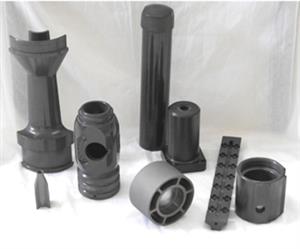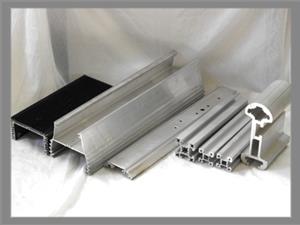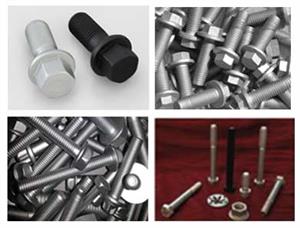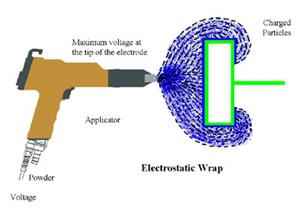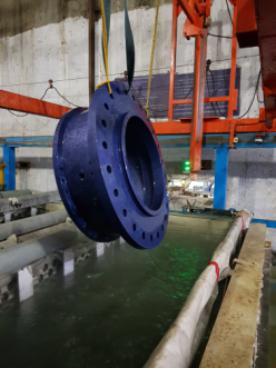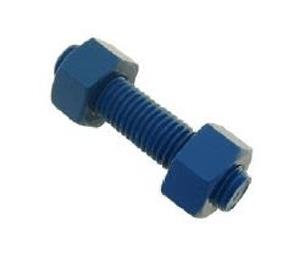ALU FIN
Featured Products
Highest quality standards are achieved through the implementations of latest technology, decades of experience and everlasting moral values , which have helped us to retain our customers as well as multiply them.
Welcome to ALU FIN
Electroless Nickel Plating
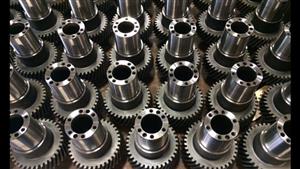
In contrast to conventional electroplating, Electroless Nickel Plating (ENP) is produced by a chemical process alone, without the use of an electric current. This results in a highly uniform, controllable deposit over the whole workpiece, even down long bores and overcomes one of the main weaknesses of electrolytic plating. The coating is actually a nickel-phosphorous alloy which gives a surface similar to chromium plating in appearance with a unique combination of hardness and wear resistance combined with excellent corrosion resistance and chemical resistance.
While there is no theoretical limit to the coating thickness, (very simply stated, thickness is a function of immersion time) there are certainly practical and commercial considerations. Coating thickness is normaly in the range 2 to 50 microns, and usually 10 to 12 microns is sufficient. Thickness can be controlled very accurately, Eliminating the need for post plating machining operations. As with any plating process dimensional growth needs to be taken into account but, unlike anodising, the growth is double the film thickness on diameter. Masking can be done to protect surface but this can add substantial cost. Since coatings follow the profile of the underlying surface, that profile will be reproduced, including faults, at the newly formed surface.
Nickel-Boron alloys can also be plated on for more specialist applications and Electroless Nickel Plating containing fine particulate PTFE can be applied to impart coatings with low coefficients of friction.
Our Vision
* To embrace new technologies and methods. * To give unsurpassed products and services to the clients. * To constantly look for improvement and changes.



